At a critical juncture of profound changes in the global financial market, a closed-door seminar focusing on the new trends of stablecoins and real-world assets (RWA) successfully concluded on August 2 in Shenzhen, China. This high-profile event, co-hosted by WeWeb3 and Web3 Blue Ocean Innovation Society (Hong Kong), not only gathered top builders, investors, technical geeks, and policy researchers from the industry but also injected new vitality into the digital finance field through in-depth discussions and forward-looking insights.
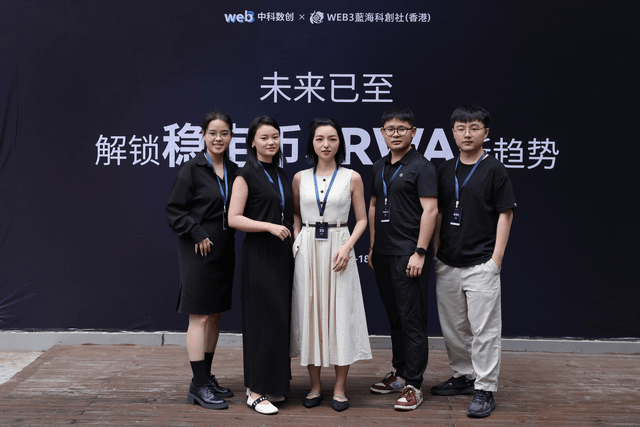
1. Background of the Times: Global Regulatory Dual Track in Parallel, Digital Currency Enters a New Stage
At the opening of the event, the global financial regulatory landscape was undergoing a historic turning point. On August 1, Hong Kong's (Stablecoin Regulation Draft) officially took effect, establishing a licensing system for fiat currency stablecoin issuers, requiring issuers to back circulating stablecoins with 100% highly liquid reserve assets, and meeting strict requirements such as anti-money laundering, risk management, and information disclosure. At the same time, the (Genius Act) passed in the U.S. also reshaped global stablecoin rules, marking the simultaneous initiation of a new era of digital currency regulation in the two major financial centers.
Against this backdrop, this closed-door seminar themed 'Stablecoins and RWA: The Changing Global Payment and Asset Management System' timely built a dialogue platform for policymakers, industry practitioners, and academic researchers. As the organizer WeWeb3's head stated, 'We are standing at the critical point of the digital finance revolution, and the integration of stablecoins and RWA will redefine the boundaries of asset circulation and value transmission.'
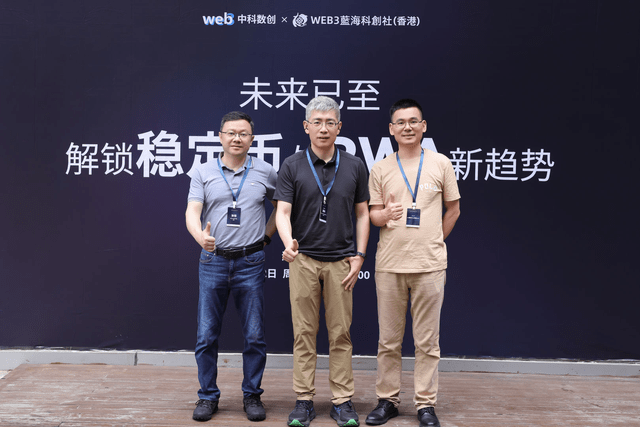
2. Guest Speeches: Industry Insights in Intellectual Collision
1. Mentor Xue Qinghe: Deconstructing the Essence of Stablecoins, Analyzing On-chain Financial Logic
Xue Qinghe, founder of Zhiben Society, approached the historical evolution of stablecoins and systematically sorted out their three layers of financialization processes: capitalization, securitization, and monetization. He pointed out that stablecoins, as 'electronic cash in the digital world,' have an inherent contradiction between their rigid redemption mechanism and interest-bearing business, while the official regulation of RWA and grassroots innovation need to seek a balance between risk control and market vitality. 'Stablecoins are not a substitute for fiat currency, but a bridge connecting virtual assets and the real economy.' This conclusion provided the audience with a clear cognitive framework.
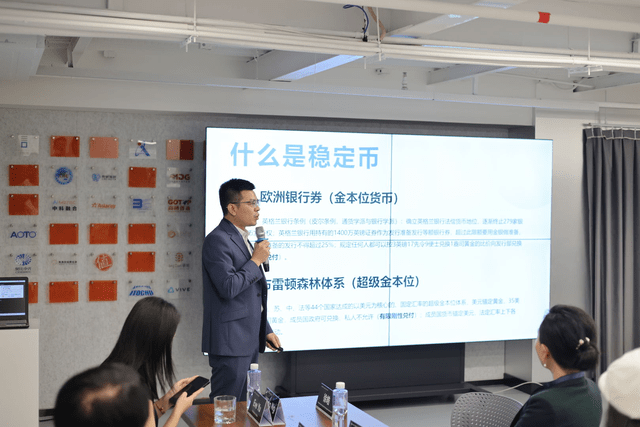
2. Mentor Todd: Revealing the Capital Games Behind U.S. Stablecoin Legislation
Todd, the Strategy Director of a leading Asian hedge fund, used a geopolitical financial analysis model to deeply analyze the legislative logic behind the U.S. (Genius Act). He pointed out that the intention of the U.S. to consolidate the dollar's hegemony through stablecoin regulation is significant, but the evolution of the cross-border compliance framework will force institutions to restructure their counter-cyclical asset allocation strategies. 'The essence of stablecoin regulation is the redistribution of financial power in the digital age.' This viewpoint sparked heated discussions among the audience.
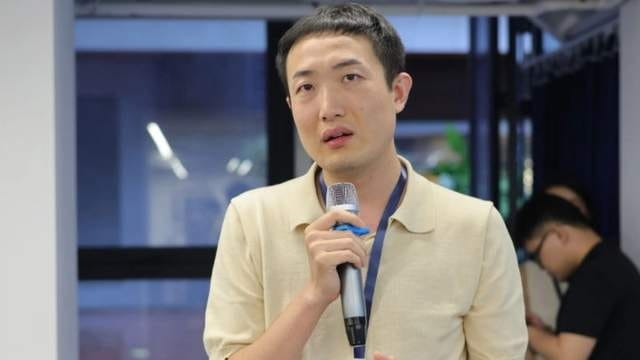
3. Mentor Tan Lin: RWA Empowering Rural Revitalization with the 'Green Water and Green Mountains' Model
Tan Lin, a practical mentor at Peking University's HSBC Business School, proposed a disruptive idea: using RWA technology to put hometown brand IP on-chain, transforming ecological resources into tradable digital assets. He used the example of Hainan Lingshui International Education Innovation Experimental Zone to demonstrate a five-layer framework from value anchoring to ecological co-benefits, stating, 'RWA can turn every green mountain into an ATM of the digital age.' This concept opens up new scenarios for RWA applications.
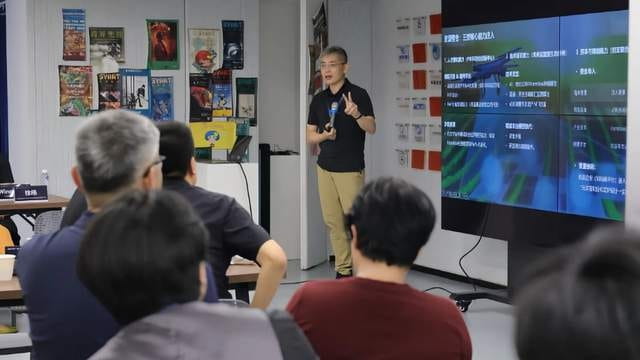
4. Mentor Li Yu: Opportunities for Green RWA Under Legislative Differences Between China and the U.S.
Li Yu, Chairman of China Carbon Infrastructure Development Co., focused on green finance, pioneered the 'Carbon Infrastructure' theory, and led the Hebei Steel Green Transformation Project. He bluntly stated, 'U.S. stablecoin legislation centers on financial control, while China can promote the globalization of carbon-neutral assets through RWA.' This comparative analysis provides strategic-level references for institutional layout.
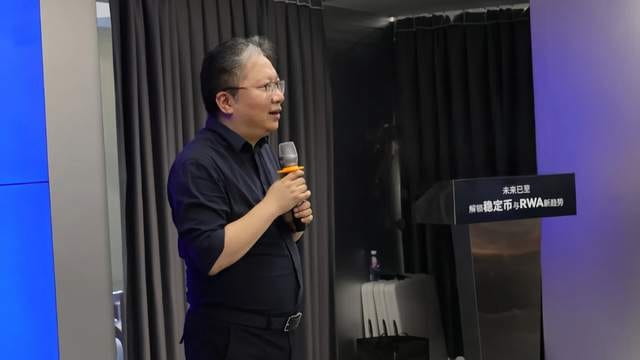
3. Roundtable Topic: Facing Industry Pain Points, Exploring Solutions
During the roundtable discussion, five guests engaged in intense debates around three core topics:
1. Structural Contradictions Between Traditional Payments and Stablecoins
Guests pointed out that traditional cross-border payments have pain points such as low efficiency, high costs, and insufficient transparency, while stablecoins can achieve minute-level settlements but face regulatory challenges regarding currency sovereignty and anti-money laundering. A representative from a bank bluntly said, 'Stablecoins are not the enemy, but a catalyst forcing traditional finance to upgrade.'
2. Institutional Barriers to Stock Tokenization for Traditional Brokerages
Regarding the institutional barriers to stock tokenization, participants believed that regulatory compliance, technical standards, and investor protection are the three major challenges. However, some opinions suggested that Hong Kong's 'Ensemble' sandbox plan has already provided a breakthrough path for a modern tokenized securities trading platform within the next three years.
3. Systemic Breakpoints in RWA On-chain and Off-chain Verification
Regarding the challenge of asset authenticity verification, Bai Liang, CEO of Zero One Think Tank, proposed the 'Dual Chain, One Bridge' solution: by collecting data through an onshore alliance chain, issuing tokens on an offshore public chain, and achieving synchronization through a cross-chain bridge, verification costs can be significantly reduced. This technological path received unanimous recognition from the audience.
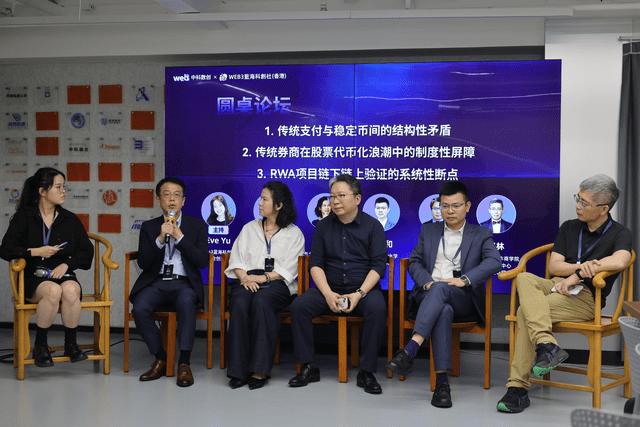
4. Significance of the Event: From Closed-door Discussions to the Starting Point of Industry Transformation
This closed-door meeting was not only a feast of ideas but also became a hub for connecting the industry ecosystem. At the event, multiple institutions reached cooperation intentions for RWA projects, and the Web3 Blue Ocean Innovation Society (Hong Kong) also announced the launch of a 'Global RWA Innovation Alliance,' planning to incubate ten tokenized asset projects within the year.
It is worth mentioning that this event received widespread attention and strong support from the media community. Several authoritative industry media not only conducted in-depth pre-event coverage, but also transmitted the live atmosphere through diversified formats such as live broadcasts and short videos during the event, allowing those unable to attend to experience the sparks of intellectual collision in real-time. A representative from a well-known blockchain media outlet stated: 'This seminar provides high-density value output for the industry, and we are willing to continue voicing for quality content to jointly promote the prosperous development of the digital financial ecosystem.'
As the host Eve Yu said in the closing remarks: 'Today's discussion will not stop on paper; it will transform into code, transactions, and the power to change the world.' The simultaneous live broadcast on the LOOP Space platform attracted over 200 online users, confirming the market's high attention to stablecoins and RWA.
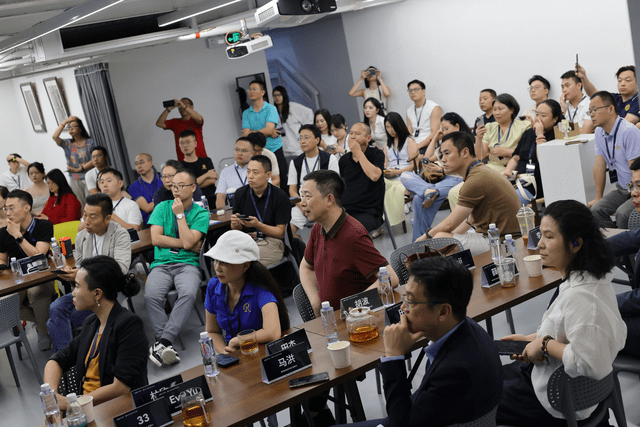
5. Future Outlook: The Starry Sea of Digital Finance
At a time when the global financial system is intertwined with turmoil and technological innovation, the integration of stablecoins and RWA is giving rise to a new economic paradigm. Boston Consulting Group predicts that by 2030, the market size of RWA tokenization will reach $16 trillion. The successful holding of this closed-door seminar undoubtedly marked a key milestone for this journey.
As one attending investor put it, 'Here, I see the future of digital finance—not disruption, but evolution; not zero-sum games, but symbiotic win-win.' With the implementation of Hong Kong's (Stablecoin Regulation) and the deepening of global regulatory cooperation, a more open, efficient, and inclusive financial system is transitioning from blueprint to reality.
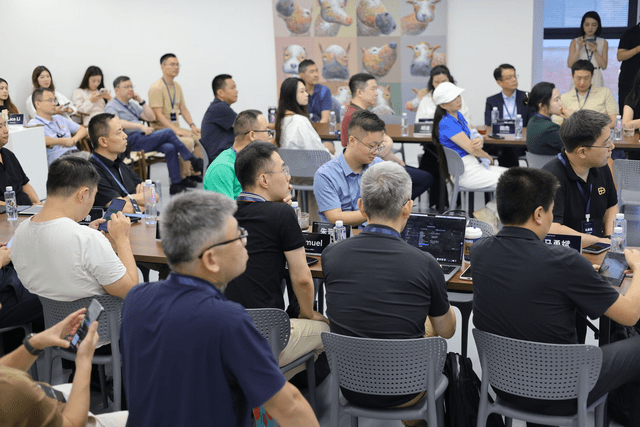
Looking back at financial history, from ancient borrowing certificates to modern stocks and bonds, every evolution of financial instruments has profoundly changed the face of society. The integration of RWA and stablecoins is another huge wave stirred in this long river. They are not just innovations in technology and products but also a profound dialogue between financial philosophy and social structure. A more open, transparent, efficient, and inclusive new era of digital finance is coming towards us. Insight and grasping these frontier trends are crucial for avoiding risks and迎接数字金融的未来至关重要。
Here, we would like to express our special thanks to various media communities for their strong support of this 'New Trends in Stablecoins and RWA Closed-door Seminar.' Whether in the pre-event promotional buildup, the real-time reporting during the conference, or the in-depth interpretation and dissemination afterwards, media outlets have played an indispensable role. Your professional reporting and widespread dissemination have allowed more industry professionals and the public to understand the latest dynamics and frontier trends in the stablecoin and RWA fields, creating a favorable public opinion atmosphere for promoting the development of the digital finance industry. Again, heartfelt thanks and high respect to all media friends supporting this seminar!
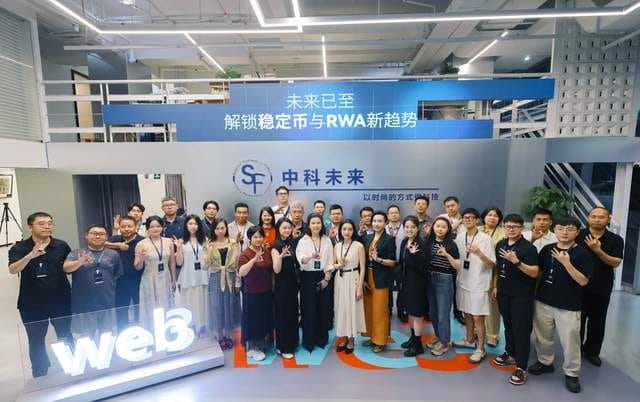
Although the event has concluded, the transformation is just beginning. Let us look forward to how the waves of stablecoins and RWA will reshape the global economic landscape!
(This article particularly thanks all major media and LOOP Space for providing live broadcast support, as well as WeWeb3 and Web3 Blue Ocean Innovation Society for their meticulous preparation.)
#RWA #稳定币